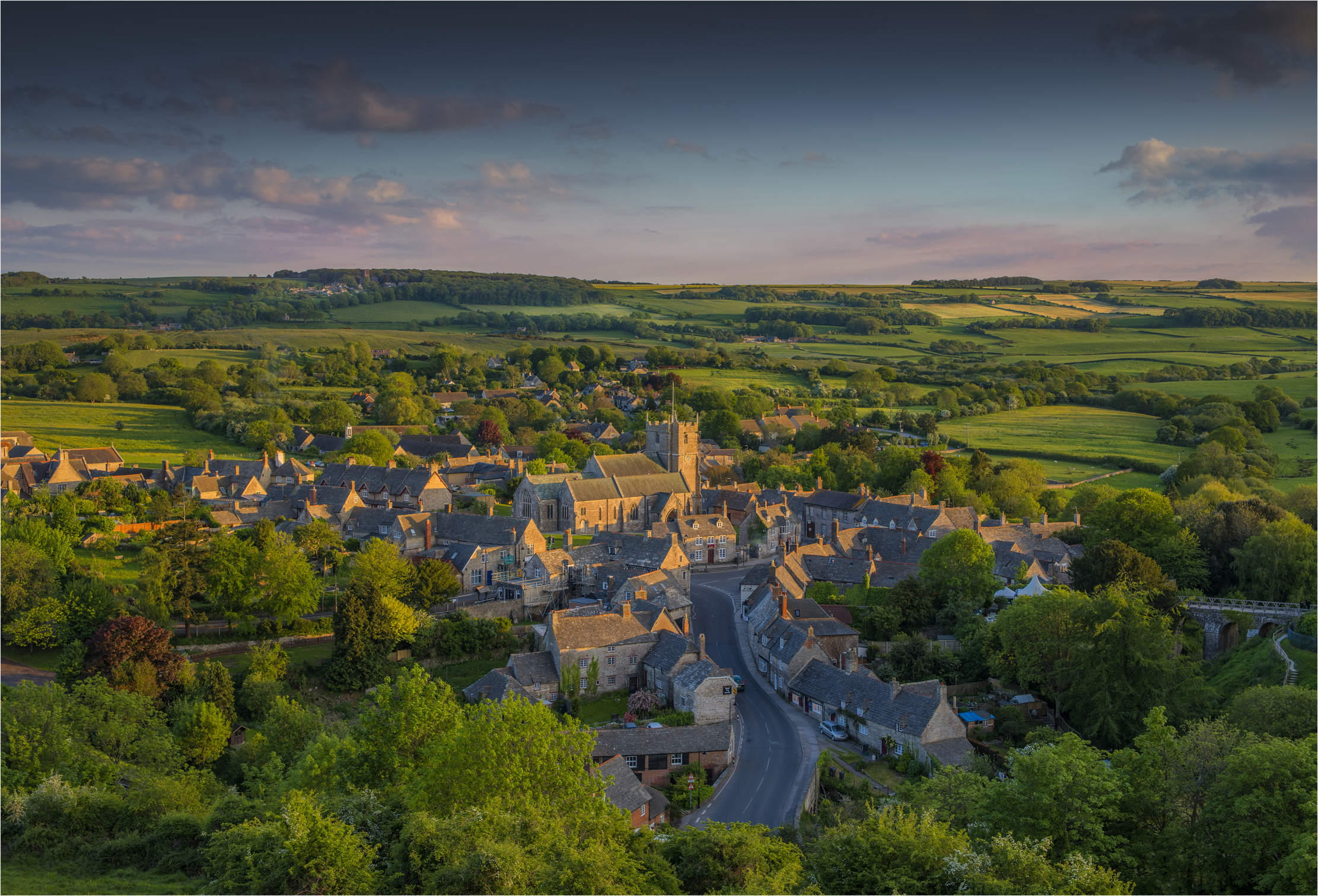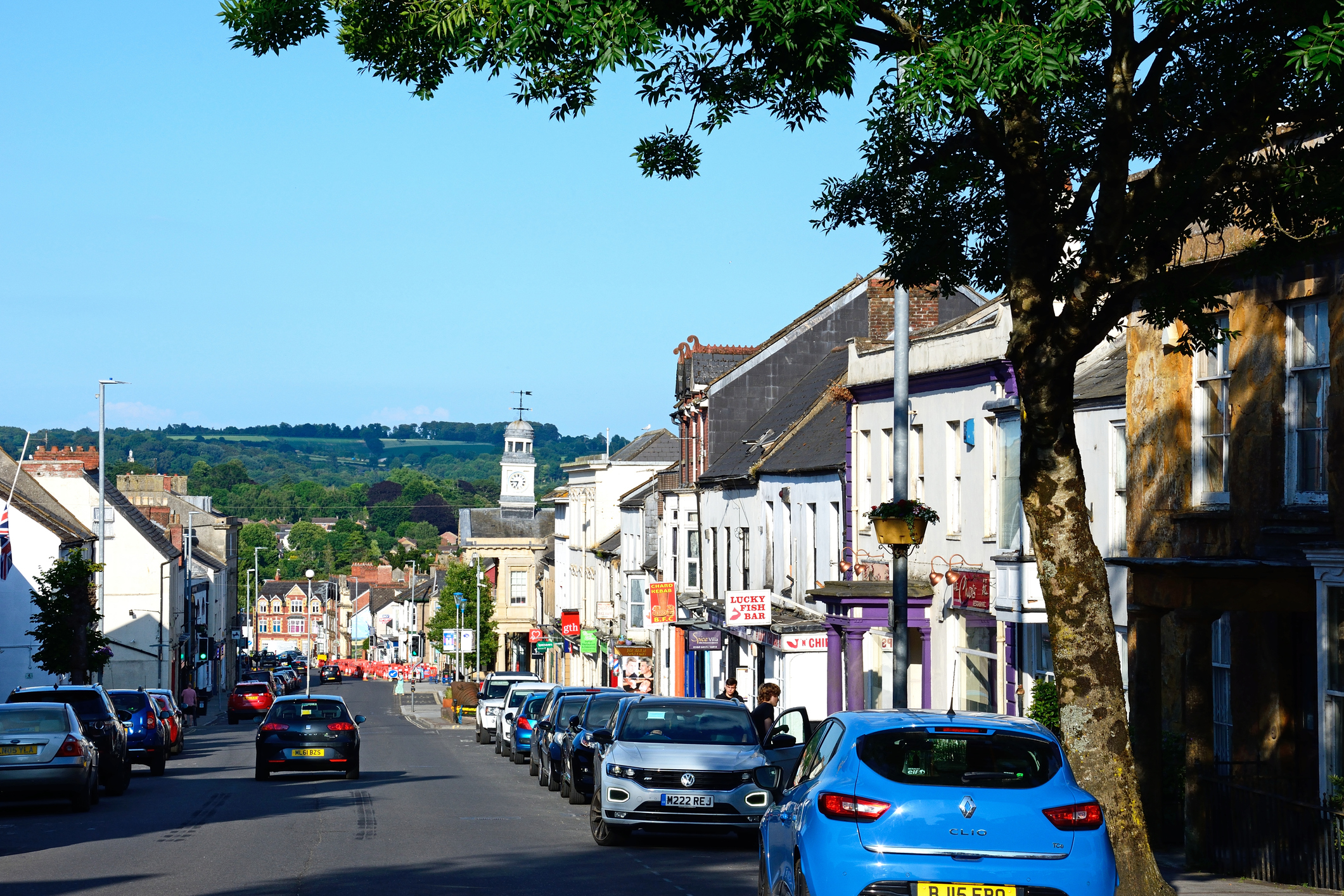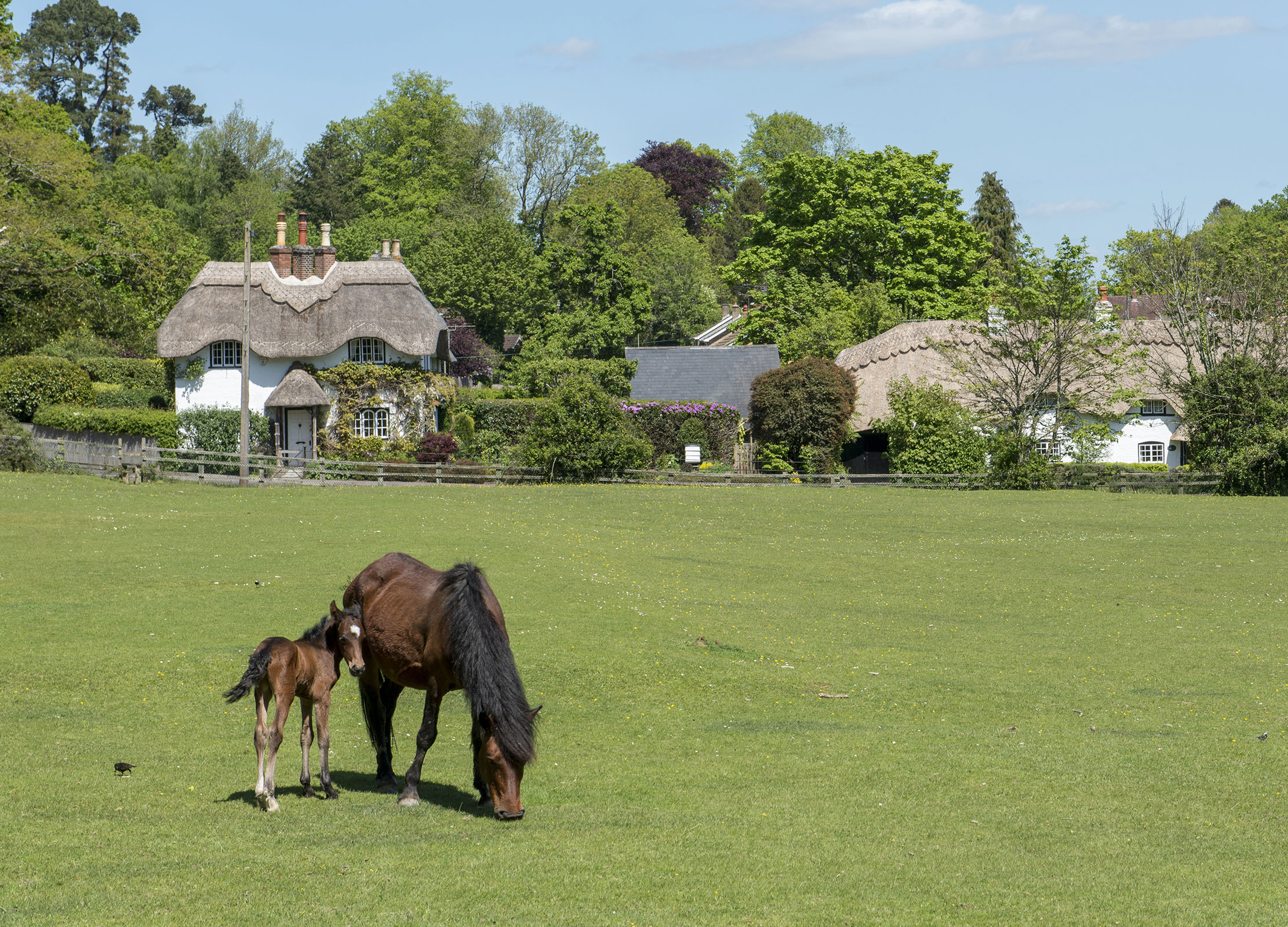‘A buzz in the air’ as housing market activity picks up
The economic picture may be uncertain at times and the poor weather this year hasn’t exactly helped. But things appear to be looking up for higher-end homes.


‘Tis the season…to sell your home. Yes, spring is traditionally one of the busiest times of year to sell a property, particularly in the countryside. After all, what better way to show off a house than when it’s bathed in sunshine and its gardens are in full bloom?
This year, however, sellers have been hampered by dreadful weather, and that’s putting it mildly. Rainfall in April was 155% above the five-year average. And there was a 35% drop in the number of hours of sunshine, according to Knight Frank.
And do we need to mention the economic factors that are weighing on people’s minds right now? Probably not.
Despite all of that, the market appears to be ‘warming up’, says Knight Frank.
‘There is a buzz in the air, but it hasn’t reached everywhere yet,’ observes James Cleland, head of Knight Frank’s country business.
The estate agency has figures at the ready to illustrate its point. There were 7.1 new potential buyers for every new sales instruction in April. That’s up from 6.4 in the same month last year and the pre-Covid five-year average of 6. Interestingly, the figure was as high as 15.6 in April 2021, during the so-called ‘race for space’.
In further encouraging news for some sellers, the number of offers made between £1m and £2m in the four weeks to last Friday was 5% higher than the five-year average (excluding 2020).
Exquisite houses, the beauty of Nature, and how to get the most from your life, straight to your inbox.
‘When you consider how strong the market was in spring 2021 and 2022 during the ‘escape to the country’ boom, that’s a high bar,’ says Knight Frank.
Meanwhile the volume of offers made between £2m and £5m during the same four-week period was 4% lower than that five-year average, which also marks a recent improvement.
Cleland adds: ‘Demand is generally stronger in lower-value markets, but there is also the customary ripple out from the capital, which is supporting activity in locations closer to London. These are early signs, but they are positive signs.’
This is just a snapshot. But sellers will no doubt have their fingers crossed that these stats continue on an upward trajectory.
Knight Frank’s country data relates to a range of rural and urban £750,000-plus property markets across England and Scotland.
Expect price premiums as high as 444% in ‘posh’ villages
Fancy living in a picture-perfect village? You may have to pay a house price premium of as much as 444% for the pleasure — at least according to research by estate agency Yopa.
As for what makes a 'posh' village... Well-stocked farm shops? Cosy pubs? Crazy house prices? Strong presence of Land Rovers? Charming cobbled streets lined with historic houses? I could go on… In any case, to be clear, Yopa haven’t produced a list of their own, but instead have looked at other lists of ‘posh’ villages, one of which appears to be based on other pre-existing lists.
The dog really is eating its own tail at this point, but on with the show. Yopa’s statisticians then picked out 12 of these ‘poshest’ places and compared village asking prices from Rightmove with wider local authority house prices from UK HPI.
Still, here are the results — and those price premiums. Start saving your pennies if you want to live in Studland, Dorset. The coastal village boasts the highest price premium (an eye-watering 444%) and the highest average house price (a staggering £1,925,500) of all 12 villages. Though on checking we could only see two sales having gone through in the last decade, both for the sort of large, expensive homes which would shift the average a bit.
Rock in Cornwall, the focus of a fly-on-the-wall documentary back in the day called 'Posh Rock', comes in second place. Homes in this coastal spot cost 298% more than the wider area.
It’s followed by Harpsden in Oxfordshire (266%) and Burnham Market in Norfolk (142%).
Period properties more than twice as expensive to keep up
No sooner had we written about the costly upkeep of period properties than Zoopla put some numbers to it.
According to the property portal, owners of period properties have forked out more than £19,000 keeping their historic homes in good nick since the start of 2022.
That’s equivalent to nearly £700 a month. And that’s also more than double the cost of more modern homes, which have set owners back around £8,500 over the same time spell.
The bulk of the cost spent on period properties has been on external elements, such as roofing, brickwork, garden maintenance, walls and chimneys, Zoopla found.
Want a quick transaction? Here’s what to look out for…
Any agent worth their salt will tell you that it’s worth looking at what is driving a seller to put their home on the market. Now Open Property Group has shed some light on motivations in early 2024.
The quick sale specialist claims the top five reasons for sellers wanting to offload their property quickly so far this year are equity release, landlords looking for a swift exit, relocation, retirement planning and probate.
Borrowers take out longer mortgages
And lastly, there’s been a ‘surge’ in the last three years of buyers taking out longer mortgages that they could still be paying off when they’re retired, according to reports in the press.
The trend is reportedly particularly profound in younger buyers, including those trying to get onto the housing ladder.
‘Higher mortgage rates have led many people to choose an extended repayment period to control costs’, says BBC News.

Georgian, Victorian or Edwardian? The most popular period property styles revealed
Whether it's a manor house in the country or a terraced house in the city, it's Victorian homes that have

Could using a buying agent save you money?
Buying agents excel at gaining access to houses of which there’s nary a whisper on the market.

The property hotspots where house sales have more than doubled since this time last year
The new property hotspot, the house names that command the highest prices, and how the appeal of Grade Listed homes

What you need to know about buying an equestrian property
Owning a house with land where you can keep and ride your own horses is the dream for equestrians everywhere

